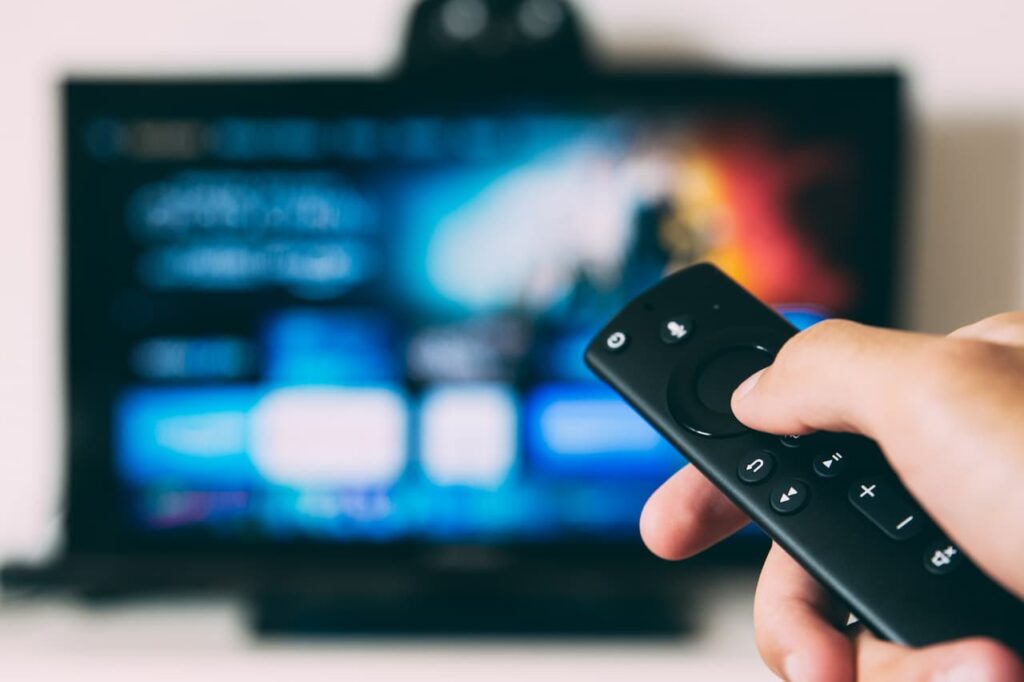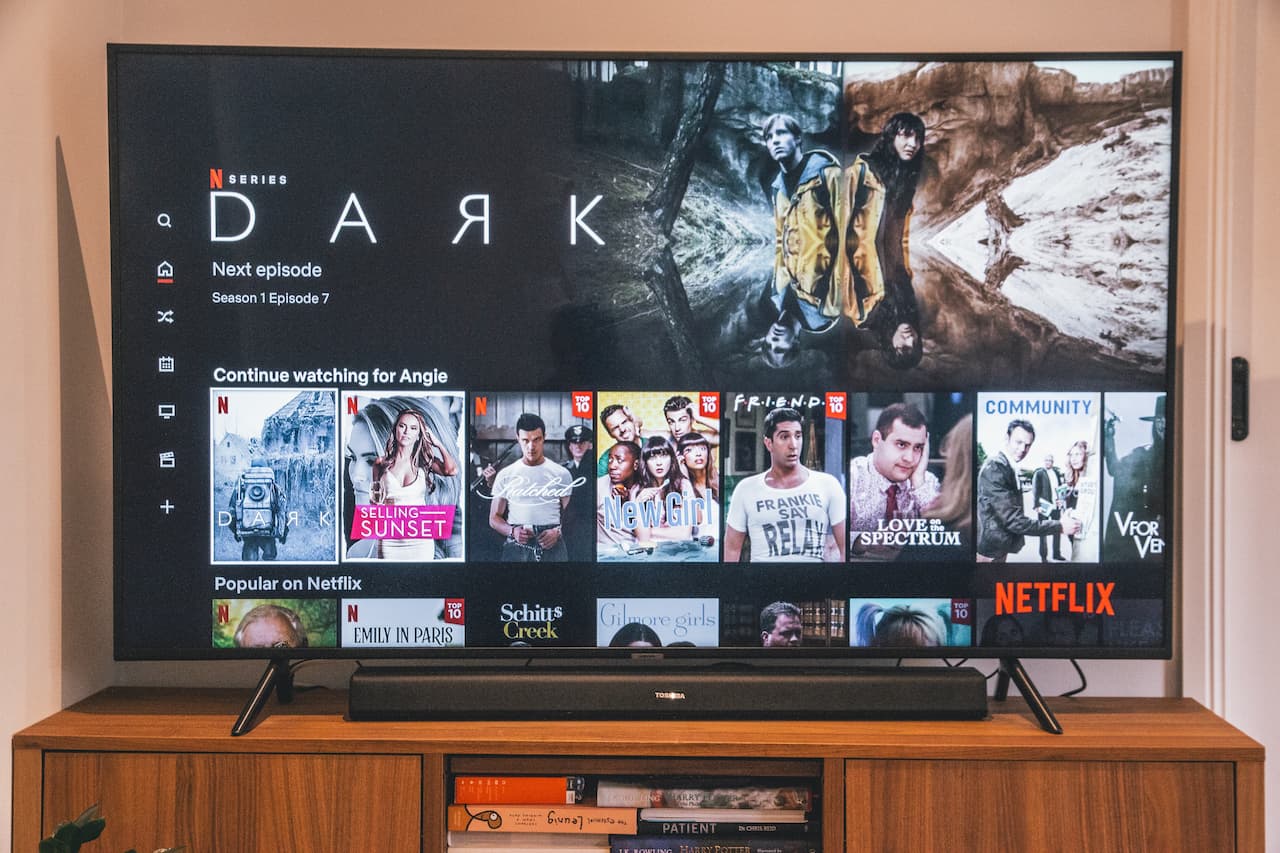Smart-TV means “smart TV” in English. This TV is equipped with a built-in computer, which provides access to the Internet, increased ease of control and other useful features. Due to the wide range of features, the technology is at the peak of popularity these days.
A regular TV set has limited functionality and provides only the number of channels with a poor quality picture supplied by the provider. Smart TV provides an opportunity to watch almost any content in any resolution at any convenient time and use all sorts of online and offline services.
Purpose and functions of smart TV
Built-in smart TV minicomputer implies its own operating system. The software platform provides the ability to install a variety of applications, services and games, making the TV becomes a truly multimedia device.
Modern smart TVs are based on the following operating systems:
- Android (Sony, Sharp, TLC and others) – the most common and accessible to master, as well as the mobile platform known to all;
- Tizen (Samsung) – one of the most convenient with an intuitive interface and the possibility of integration into the “smart home” OS;
- Web OS (LG) – proprietary software environment from LG, characterized by the presence of many interesting, innovative options;
- Firefox OS (Panasonic) – an integrated software shell from Mozilla with many features.

The control of smart TVs, as in traditional devices, is entrusted to the remote control. Modern models of smart TVs also support gesture and voice control, and, if necessary, a mouse, keyboard and joystick can be connected to them. Many devices have the ability to control via mobile applications installed on a smartphone or tablet.
Among the huge number of functions available in Smart-TV, the following ones are of particular interest:
- viewing video content in apps or streaming services;
- Combining TV, smartphone, camcorder, PC and other devices into a single network;
- communication in social networks using remote control and other control technologies;
- support for video communication via Skype and similar applications, availability of built-in webcam;
- Viewing and listening to video and audio content without being bound to the broadcasts;
- easy surfing on the Internet, for which there is a built-in web browser;
- Online and offline gaming, including from official sources.
All smart TVs support the ability to connect external digital devices. HDMI and USB interfaces which became a standard in this equipment allow you to connect laptops and computers, to use external media. If the user is not satisfied with the sound quality of the device, he can connect to the Smart-TV more advanced and powerful audio system.
Changes in television thanks to smart TVs
The advent of smart TVs marked the beginning of a dramatic change in a lot of home entertainment, expanding and making it more convenient. Large screen diagonals and high picture clarity provided the ability to view content with previously unavailable 4K and 8K resolution. Television has become more interactive thanks to the presence of the Internet in home devices. Television now not only shows movies, TV shows and programs, but also allows users to communicate online.
Today’s smart TVs have had an impact on the concept of watching 3D content. Whereas in the not too distant past, movies with a three-dimensional picture were only available in special cinemas, users can now enjoy 3D video on the home screen.
The future of smart TVs and television
Every year, manufacturers are releasing smarter and more advanced Smart-TVs. Developers bet on a huge diagonal with the clearest and most realistic picture, super-powerful processors and artificial intelligence. There are already a number of projects and concepts that are close to fantastic:
- Transparent smart panels that can be used as standard wall-mounted TVs or displays instead of windows;
- flexible and collapsible models that can be stowed away in a special tube, if necessary, freeing up the view from the window;
- full-wall TVs that are much larger than today’s impressive 100-inch models;
- AI-enabled devices that use neural networks to optimize the picture and adjust Smart-TV performance;
- models on quantum dots, providing smart technology and perfect picture quality;
- vertical Smart-TVs for viewing smartphone video content on social networks;
- Holographic devices, demonstrating a stereoscopic three-dimensional picture on a pair of screens.
Conclusion
Smart TVs provide the ability to access the Internet, have increased ease of control and a huge number of useful features. These smart devices run on Android, Tizen, Web OS or Firefox. Smart TVs have revolutionized home entertainment by making it interactive. At the same time technology does not stand still and in the future smart TVs will become even smarter and more advanced.



